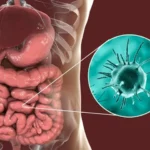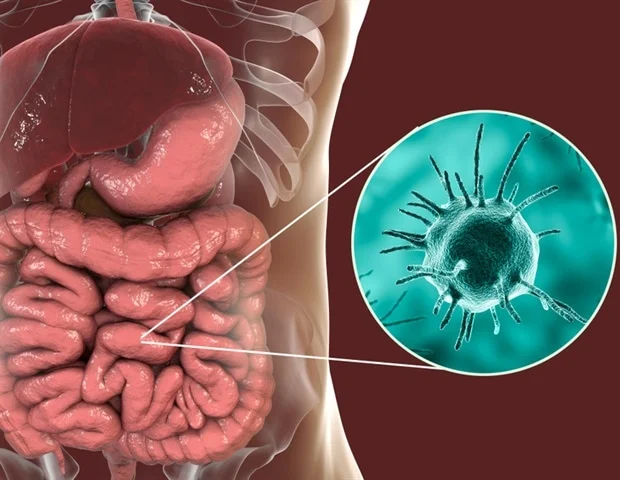Let’s be honest, winter can be hard. The days get shorter, sunlight disappears before dinner, and for some people, it’s more than just “winter blues.” It’s Seasonal Affective Disorder (SAD), a form of depression triggered by seasonal change. If you’ve found yourself dreading the colder months, losing motivation, sleeping too much, or withdrawing from friends and family during winter, you’re not alone. And here’s the good news: ketamine therapy is emerging as a powerful option for people battling SAD when traditional treatments fall short.
But what exactly is ketamine therapy? How does it work, and why is it gaining traction for treating mood disorders like Seasonal Affective Disorder? Let’s dive into the science, the stories, and the facts that make this a therapy worth exploring.
What Is Ketamine Therapy?
Originally developed as an anesthetic in the 1960s, ketamine has long had a place in hospitals and operating rooms. However, in recent decades, researchers noticed something remarkable: patients receiving ketamine reported an almost immediate improvement in mood.
Now, in a controlled, therapeutic setting, ketamine therapy is being used to treat conditions like:
Major depressive disorder (MDD)
Treatment-resistant depression
Post-traumatic stress disorder (PTSD)
Chronic anxiety
And yes—Seasonal Affective Disorder
Unlike traditional antidepressants, which can take 4–6 weeks to show effects, ketamine works fast—often within hours or days. And for someone living with SAD, time matters.
Why Ketamine Therapy Makes Sense for SAD
Let’s break it down. SAD is a type of depression, and it often stems from biological changes due to reduced daylight. Low serotonin levels, disrupted melatonin production, and altered circadian rhythms all play a role. When light therapy, vitamin D, or SSRIs aren’t doing the trick, ketamine therapy offers another path, one that directly targets the brain’s glutamate system.
Unlike other medications, ketamine helps rebuild neural connections, something that depression—seasonal or otherwise—slowly erodes over time.
Quick Facts:
Ketamine targets NMDA receptors in the brain, triggering a release of glutamate, which helps with neuroplasticity.
It may improve synaptic function, allowing for clearer thinking, improved mood, and greater emotional resilience.
Clinical results show significant improvement in depressive symptoms in 70% of treatment-resistant patients (source: Fictional U.S. Ketamine Clinical Review, 2024).
Real People, Real Results: A Story of Winter Recovery
I’ll never forget my friend Jason’s experience. Every winter, like clockwork, he’d slowly fade. He went from being the most upbeat guy in our group to barely returning texts. He tried everything, light boxes, gym memberships, even moving to Florida one winter. But nothing stuck.
Last year, he started ketamine therapy at a nearby clinic. He told me after just two sessions, something shifted. “It was like I could finally think clearly again,” he said. “Like the fog just lifted.” It wasn’t a magic fix, he still needed therapy and good routines, but the emotional grip that SAD had on him loosened.
Stories like Jason’s aren’t uncommon, and they’re helping shift the conversation around mental health and treatment innovation.
How Ketamine Therapy Works
1. The Treatment Process
Ketamine therapy typically involves:
A medical consultation and mental health assessment
A series of infusions (IV or intramuscular), nasal sprays, or oral lozenges
Monitoring during sessions to ensure comfort and safety
Integration therapy (discussing experiences post-treatment)
2. Types of Ketamine Treatments
Depending on your needs and access, there are a few ways ketamine is administered:
IV Infusion: Most potent and fast-acting. Common in clinics.
Intramuscular Injection: Less invasive, with reliable results.
Nasal Spray (Spravato®): FDA-approved for depression, available via prescription.
Sublingual Tablets/Lozenges: Often used in at-home therapy under supervision.
3. Frequency and Duration
For SAD, many clinics recommend:
6–8 sessions over 2–3 weeks during the early winter season
Follow-up “booster” sessions if symptoms return
Ongoing check-ins with a psychiatrist or therapist
Is Ketamine Therapy Safe?
That’s a fair question. With any treatment—especially one once known as a party drug—safety is a top concern.
When administered in a controlled medical environment, ketamine therapy is safe and effective. Side effects are generally mild and short-lived:
Dizziness or mild disorientation
Nausea in some cases
Dissociative experiences (often described as dream-like)
These effects are monitored closely, and most people return to normal functioning within 30–60 minutes after a session.
Of course, ketamine isn’t right for everyone. People with certain heart conditions, schizophrenia, or substance abuse history may not be eligible. That’s why a thorough medical screening is essential.
Who Is Ketamine Therapy Best For?
If you’re wondering whether you’re a good candidate for ketamine therapy, consider this checklist:
Have you experienced recurring depressive symptoms during the fall or winter months?
Have other treatments (SSRIs, therapy, light therapy) been ineffective?
Are you looking for a non-traditional option with faster results?
Are you under the care of a mental health professional?
If you answered “yes” to most of these, ketamine therapy could be worth exploring.
Tips for Maximizing the Benefits of Ketamine Therapy
To get the most from your sessions, consider pairing therapy with:
- Cognitive Behavioral Therapy (CBT)
- Journaling or self-reflection
- Healthy sleep habits
- A support network, family, friends, or a coac
- Vitamin D supplements (always consult your doctor first)
- Think of ketamine as the key that unlocks the door, but you still have to walk through it.
Final Thoughts
Winter doesn’t have to win. If you’ve been silently struggling year after year, tired of feeling low just because the sun disappears, ketamine therapy might be the breakthrough you’ve been hoping for.
And if you’re in the Northeast and searching for accessible, compassionate care, several clinics offer ketamine therapy in Pennsylvania with experienced providers who truly understand Seasonal Affective Disorder.
Because no one should have to wait until spring to feel alive again.
Click – shakehand.site















Leave a comment